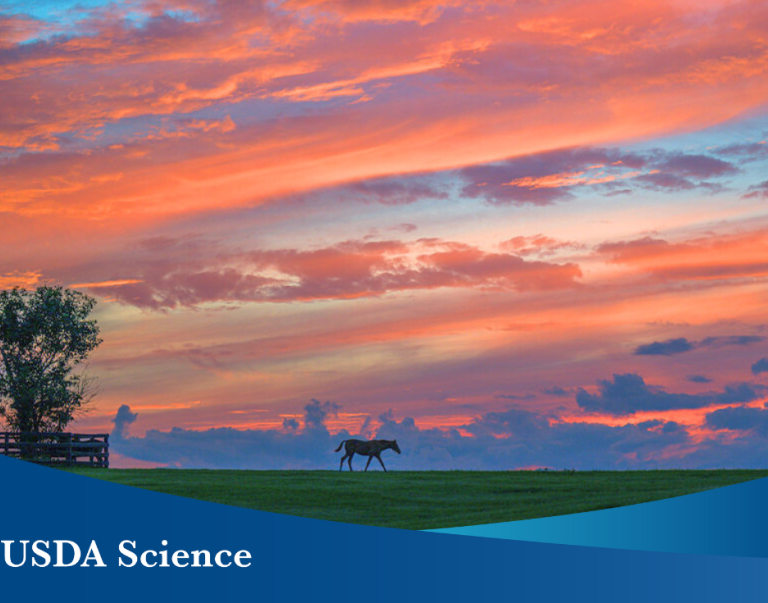Leadville, CO, October 12, 2022 — Today, President Biden established the 53,804-acre Camp Hale-Continental Divide National Monument in the heart of the Colorado Rocky Mountains, preserving a unique era of military history, as well as a visually and culturally rich landscape with broad recreation opportunities.
The President established the monument on lands managed by the U.S. Department of Agriculture’s Forest Service, using authority under the 1906 Antiquities Act, which was signed into law by President Theodore Roosevelt in 1906.
“Camp Hale and the 10th Mountain Division are unique in our military history. The men and women who served and trained in this beautiful but punishing landscape made sacrifices for our country and made their mark on the history of the free world,” said Agriculture Secretary Tom Vilsack. “The stunning Camp Hale and Tenmile landscape is a recreation mecca where visitors enjoy alpine hiking, snowmobiling, skiing, camping and more – it is an honored obligation for us to protect this treasured piece of our national heritage.”
“This area was also home to the Ute people long before recorded history, and their unique cultural perspective and historical knowledge is critical to ensuring that we maintain this area’s many priceless characteristics for generations to come,” said Secretary Vilsack.
The national monument designation builds on years of efforts from the descendants of the 10th Mountain Division, Colorado veterans, state and local officials, conservation and outdoor recreation advocates, local business owners, and members of Congress to recognize and preserve this area.
Background:
The peaks and valleys within this monument forged the elite soldiers of the famed 10th Mountain Division – the Army’s first and only mountain infantry division – which helped liberate Europe during World War II. The monument designation preserves the story of 10th Mountain Division veterans who, after their return from World War II, applied their experiences and skills learned in the Camp Hale and Tenmile Range area of the continental divide to help establish America’s skiing industry. They were also trailblazers in conservation, outdoor education and recreation.
The area is also rich in ancient human history. For thousands of years, the Parianuche and Uncompahgre bands of Ute people traveled to the area to reap the bounty of the Eagle River and nearby wetlands and meadows when winter snows melted. The Camp Hale and Tenmile Range area remains culturally important to the Ute people, who return to their homelands to pray, hold ceremonies, honor their ancestors, hunt, fish and harvest plants for medicinal purposes, ceremonial use and basketry.
The area is well known for its outstanding, world class outdoor recreation opportunities, including winter sports like backcountry skiing and snowmobiling as well as year round activities like hunting, fishing, hiking and backpacking. The Tenmile Range contains portions of the Continental Divide National Scenic Trail and features ten mountain peaks higher than 13,000 feet, including the 14,265 foot Quandary Peak, one of Colorado’s iconic and most visited “Fourteeners.”
The two areas of Camp Hale and the Tenmile Range form a geologically and ecologically linked landscape that includes numerous features of interest, including tarns, waterfalls, alpine tundra, and habitat for rare plants and wildlife.
The establishment of this monument is subject to valid existing rights, including valid existing water and mineral rights. The monument will not affect any permits held by the neighboring ski resorts and will continue to support a wide range of motorized and non-motorized recreation opportunities. The proclamation allows for continued remediation of contaminated lands and for continued avalanche and snow safety management, wildfire response and prevention, and ecological restoration. Laws, regulations and policies followed by the Forest Service in issuing and administering grazing permits on all lands under its jurisdiction shall continue to apply.
The White River National Forest will continue to manage the national monument and will begin developing a monument management plan. There will be many opportunities for public involvement as the monument management plan is developed, including consultation with federally recognized Tribes and engagement with state and local governments. The Forest Service will pursue opportunities to partner on managing the monument to preserve its unique characteristics, including entering into cooperative agreements with Tribes that have cultural ties to the monument.
Since Devils Tower was established as America’s first national monument in 1906, 18 presidents have used the Antiquities Act to protect the nation’s unique natural and historic features including iconic places like Alaska's Admiralty Island National Monument, the Statue of Liberty and the Grand Canyon.
#
USDA is an equal opportunity provider, employer, and lender.


